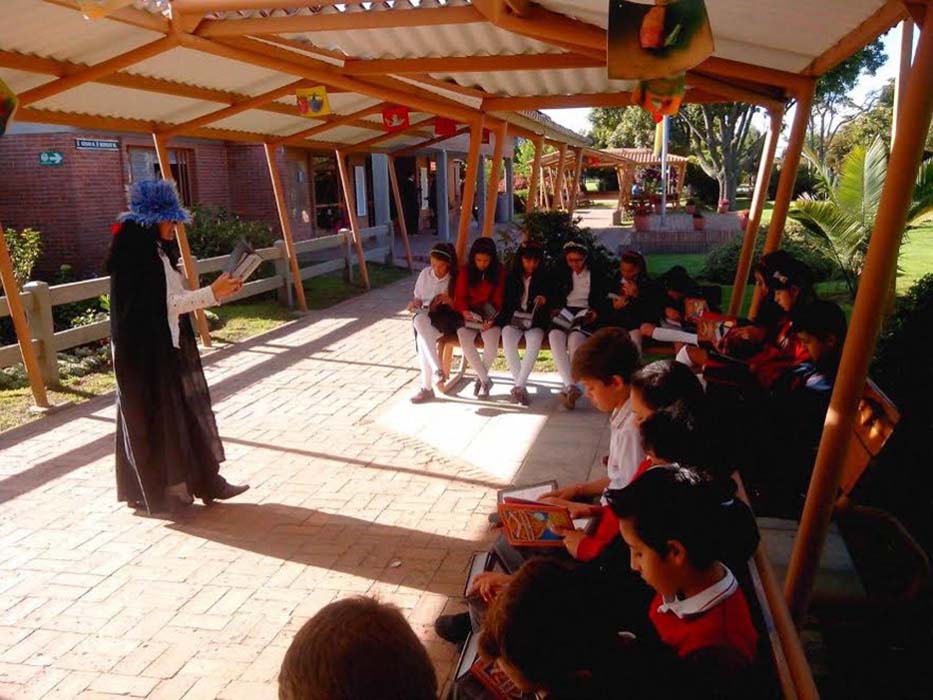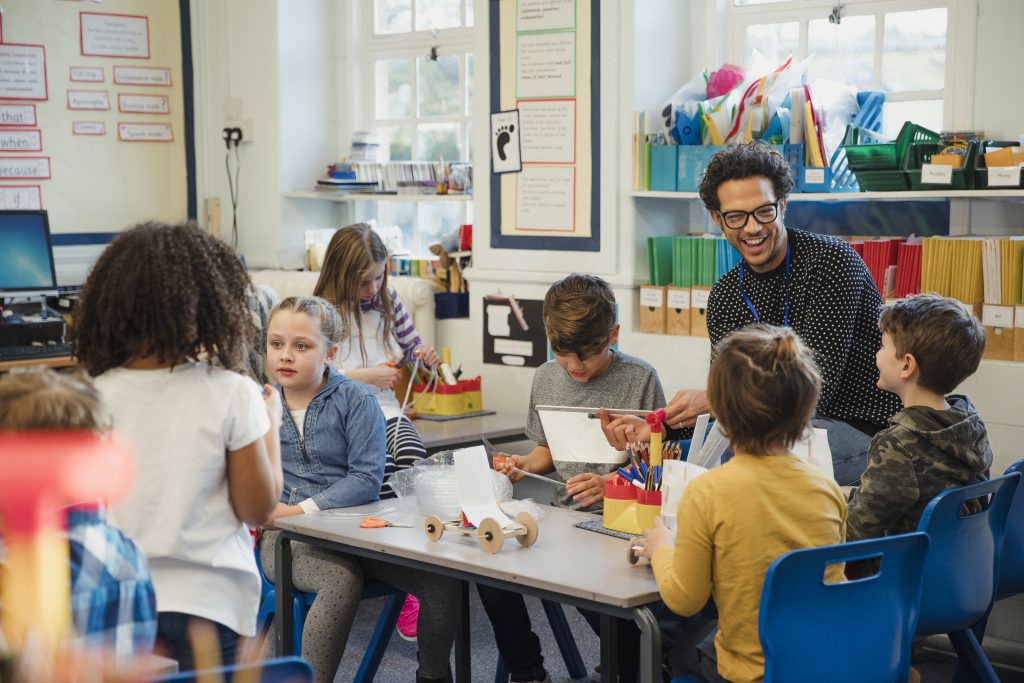Sandra Serrano and Koko Cubillos are Primary Years Programme (PYP) teachers at Colegio Gimnasio del Norte, in Colombia. They share their teaching strategies with IB World Magazine, and offer handy tips to educators looking for a unique way to teach the PYP.
How can you deliver your lessons better to make sure that all students understand? Differentiation ensures an equitable classroom, and research on its effectiveness shows it benefits a wide range of students.
At Colegio Gimnasio del Norte, we build our knowledge of each Primary Years Programme (PYP) student, taking into account different aspects; their interests, learning profile, particular needs, and language development phase. We learned about differentiation, exploring diverse resources, including workshops, books and courses, and presented our findings to the whole team. We devised strategies that have allowed us to enrich our teaching practice and apply new and varied learning experiences.

‘Reading Sips’ and ‘Literary Circles’
Differentiating instruction may mean teaching the same material to all students using a variety of instructional strategies. Or, it may require teachers to deliver lessons at varying levels of difficulty, based on the ability of each student.
At Colegio Gimnasio del Norte, we apply two differentiated reading strategies: ‘Reading Sips’ and ‘Literary Circles’, which both encourage reading at all levels.
‘Reading Sips’ consists of an open space for independent reading. Students receive monthly reading recommendations from their teacher and classmates, and can include their own reading material too. The material can have a connection to their inquiry or it can relate to personal interests. Children plan when to read during school, and, at the end of the month, they share their findings.
‘Literary Circles’ encourage students to read together. They assume different roles surrounding a particular book, such as illustrator, vocabulary expert, character expert, connector and leader of the discussion – these roles are first assigned according to their abilities. They meet once a term to present their work and take part in a discussion. At the end of the meeting, there is a reflection process, and students receive feedback and get a chance to change roles.
“The learning goal is the same for all students no matter their ability, but the way to achieve it is different.”
Word Instagram Wall and Differentiated Hamburger
As part of the exercise, students also read three different pieces of writing from their partners, and comment on them. At the end of the unit, students share texts that most interest them, and explain why.
The purpose of the ‘Differentiated Hamburger’ is to learn a particular textual typology. It could be narrative, descriptive, argumentative or persuasive. The teacher introduces the text type to the whole class to ensure everyone understands it. Then, students are given a written task to create a specific text type, according to their writing skills. The teacher observes and supports each ability level in a differentiated way. The learning goal is the same for all students, no matter their ability, but the way to achieve it is different. We respond to their particular needs.
How these strategies connect with the programme of inquiry
The reading and writing experiences provide a framework to develop our programme of inquiry. On the completion of tasks, students are able demonstrate what they have learned about the language and how to express their understandings and the connections made so far.
Some of these tasks make up part of the students’ portfolios in Spanish and English, as well as the six units of inquiry. Each student has a reflection form where they write their thoughts about their learning process, which also helps us monitor their progress.

Overcoming challenges
Using these strategies has allowed us to grow our teaching practice. But differentiation can be challenging. Time management is sometimes an issue as it takes time to plan the approach and apply it in the classroom. It can also be difficult to overcome the fears of trying something different.
Understanding if a particular method has a positive impact on the learning process or not is not always immediately apparent. Yet, it is satisfying to look back and see how the same plan works year after year – we only make slight improvements to respond to students’ interests and needs.
We set ourselves a challenge to look for new ways to respond to our students’ needs and succeeded. We hope to inspire educators who have the desire to apply similar strategies, but have not dared to take the first step yet.

